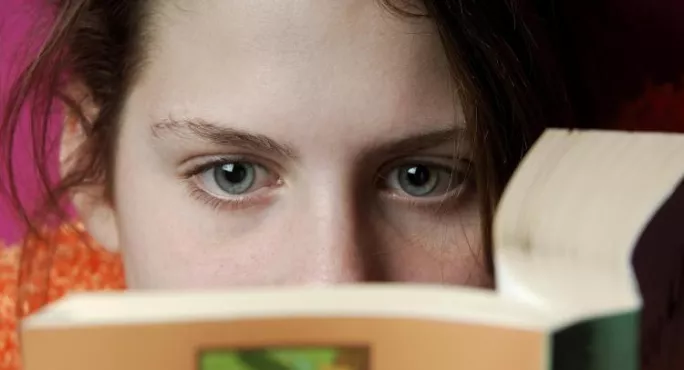It seemed like the perfect article to re-engage students in reading after lockdown. The column was funny, accessible and on a topic that teenagers could relate to: making the case for why young people should be banned from having iPads.
But for some reason, the article from The Sunday Times that English teacher Jamie Thom had selected did nothing to engage his reluctant readers. Instead, the text fell completely flat.
What was wrong with it? And how could Thom make a better selection in his next lesson?
In the latest episode of the Tes English teaching podcast, Thom puts these questions to Alex Quigley, a senior associate at the Education Endowment Foundation and author of Closing the Reading Gap, who shares his strategies on getting students engaged in reading.
Reading strategies to engage learners
According to Quigley, part of the problem in the example described above is the choice of text.
“If you step back a little, the reason why that text may or may not work is how well that text is connected to the curriculum, how well it’s connected to their understanding of the world because, invariably, most students won’t read The Sunday Times,” he explains.
“So it’s an unfamiliar genre, the topic might have been unfamiliar. So straight away, they’ve got a few hurdles to overleap: they’ve got the genre, they’ve got literary features that they’re not so familiar with, they’ve got vocabulary and a topic they’re not familiar with.”
Read more:
However, the issue is not necessarily with the choice of text alone, Quigley adds, but with the level of pre-teaching before that text has been introduced.
The answer, he explains, is to make sure that you first give students some of the background knowledge they need to find a way into the text.
“We might sometimes draw upon something we’ve found that’s interesting and accessible, but largely our practice needs to be a curriculum development that’s consciously, deliberately connected at as many steps as possible,” says Quigley. “So if we’re choosing a text from The Sunday Times, we’re thinking that topic is deliberately linked to another text that we’re teaching and…if it’s about the banning of technology, there needs to be a platform of understanding of that topic.”
Reading comprehension: the importance of knowledge
In order to create that platform, teachers may need to explicitly unpack some of the more obscure vocabulary or get the class to read multiple texts on the same topic, he suggests.
Only then, once you have established that background knowledge, can the class start to be a bit more strategic: analysing the text at sentence level and thinking about the writer’s voice and the literary devices used.
“But often, if it is a non-fiction text, children fall at the first hurdle,” Quigley says. “They don’t know enough about the topic, and/or they know about iPads, but they don’t know about the artful way that a journalist writes about prohibition and censorship and those concepts, which is actually what the article is really about. It’s not about playing games on your iPad, which is what children are familiar with.”
The important thing, he adds, is to find a balance between teaching knowledge and making sure that children can apply reading-comprehension strategies. The ability to really engage students in a text depends on getting that balance right.
“Whether [you’re teaching] The Sunday Times or A Christmas Carol, you’re thinking, OK, what’s the background knowledge they need to know to just have that entry point into this text, to give them the scaffold to then build and start climbing, and start getting to grips with it and filling in those comprehension gaps,” Quigley explains.
In the podcast, Thom and Quigley go on to discuss some of the comprehension strategies that teachers can use to take students to that next stage in their reading. Listen below to find out more.




